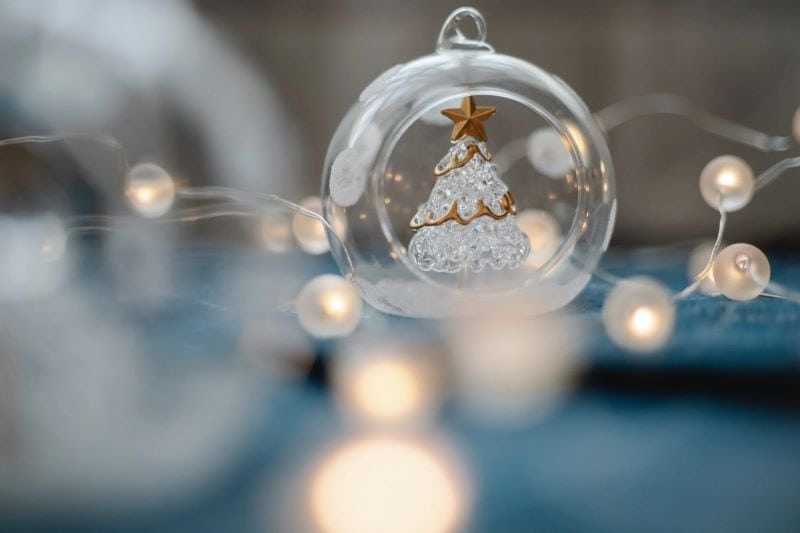As the year comes to an end, people all over the world celebrate in their own unique ways. New Year’s Eve brings about joy, excitement, and hope for a better year ahead. This time of the year prompts various traditions and customs that are different in every country. Here are some of the distinctive New Year’s Eve traditions from around the world.
In Scotland, people celebrate Hogmanay, which is an age-old tradition that traces back to the Viking era. One of the most significant Hogmanay customs is the ‘First Footing’ tradition. It is believed that the first person who crosses the threshold of your home after midnight would set the tone for the upcoming year. To ensure good luck, an ideal first-footer is a dark-haired male who carries traditional gifts such as whiskey, coal, and salt. Moreover, it is customary to sing “Auld Lang Syne” while linking arms with friends, family, and strangers.
Spain: Eating 12 Grapes for Good Luck
In Spain, people eat 12 grapes at midnight. This tradition is known as ‘Las Doce Uvas de la Suerte’, which translates to ‘The 12 Lucky Grapes.’ The grapes represent every stroke of the clock at midnight, and each grape is supposed to bring good luck for every month of the upcoming year. The custom has been part of Spanish culture since 1909 and is now followed in different parts of the world.
Japan: Ringing Bells 108 Times to Release Negative Karma
In Japan, New Year’s Eve is a time for purification and reflection. People have a tradition of gathering around the Buddhist temples and ringing bells 108 times, symbolizing the 108 human sins. The bell-ringing ceremony is called ‘Joya no Kane’, and it is believed to rid individuals of their worldly desires and help people enter the New Year with a peaceful mind.
Denmark: Smashing Plates and Jumping into the New Year
In Denmark, people celebrate the New Year by smashing plates against their friend’s doors. This tradition is known as ‘Smashing of Plates’, and it signifies the strength of the friendship. In Denmark, the broken dishes are a symbol of new beginnings, and the more broken plates a person has on their doorstep, the more popular they are.
In Brazil, people dress up in all-white clothes and go to the shores to light fireworks and launch candles into the ocean. This custom is known as ‘Reveillon’, and it is believed that the offerings to the Yemanja, the goddess of the sea, bring good luck, fulfillment of wishes, and protection. Brazilians also have a tradition of jumping over seven waves to honor ‘Lemanja’, the Orisha (Goddess) of the ocean, for good luck.
In conclusion, New Year’s Eve customs and traditions differ in each country. However, they all carry the same message of a new beginning and a fresh start. These traditions offer an opportunity to connect with the past, celebrate the present, and look forward to the future. The customs and cultures that have been passed down from generation to generation show us the diversity of the world we live in, and they remind us of the importance of respect, community, and togetherness.

